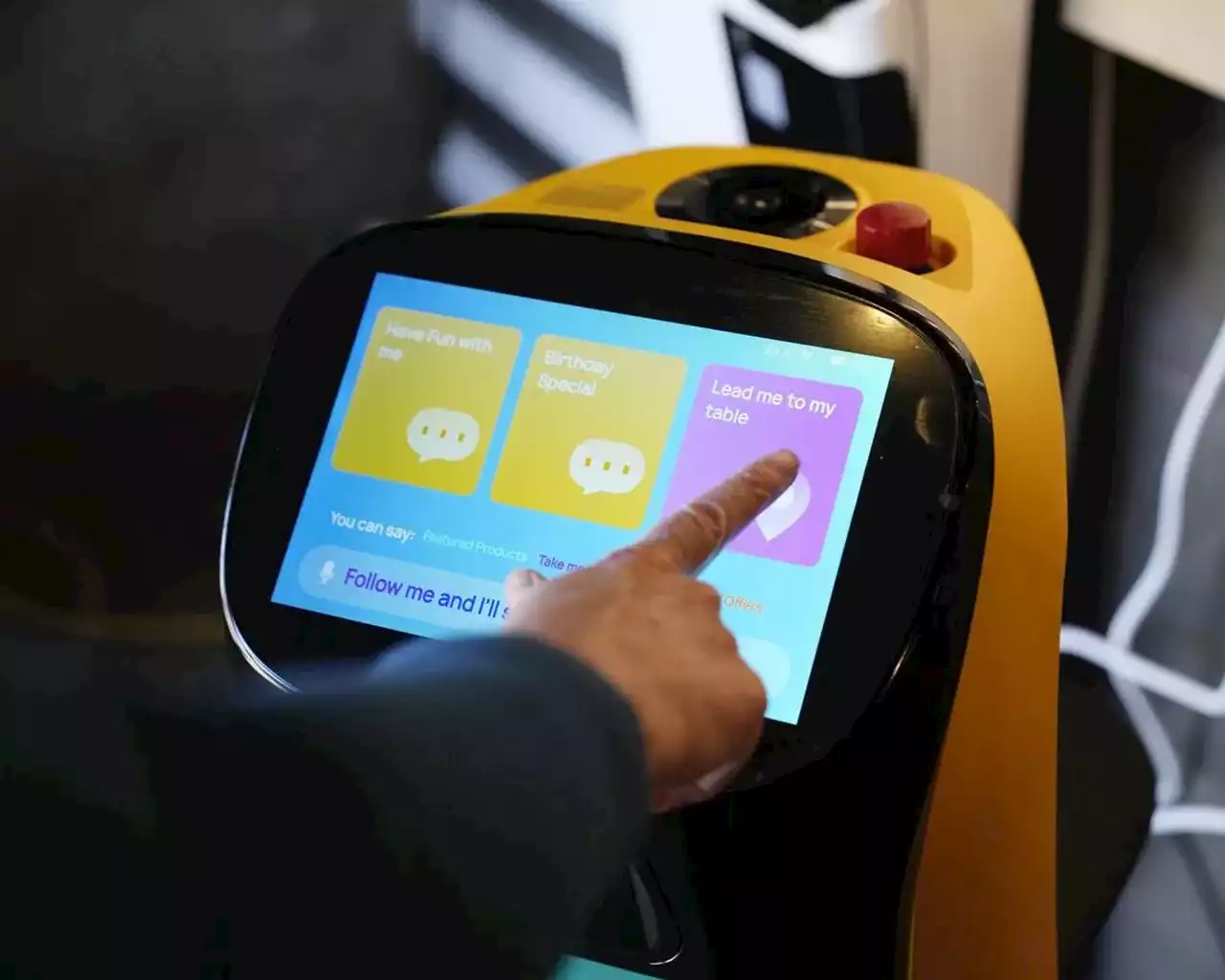You may have already seen them in restaurants: waist-high machines that can greet guests, lead them to their tables, deliver food and drinks and ferry dirty dishes to the kitchen. Are robot waiters the future?
But are robot waiters the future? It’s a question the restaurant industry is increasingly trying to answer.
“Restaurants are pretty chaotic places, so it’s very hard to insert automation in a way that is really productive,” said Craig Le Clair, a vice president with the consulting company Forrester who studies automation. Now, Zhai only needs three people to do the same volume of business that five or six people used to handle. And they save him money. A robot costs around $15,000, he said, but a person costs $5,000 to $6,000 per month.
Labor shortages accelerated the adoption of robots globally, Le Clair said. In the U.S., the restaurant industry employed 15 million people at the end of last year, but that was still 400,000 fewer than before the pandemic, according to the National Restaurant Association. In a recent survey, 62% of restaurant operators told the association they don’t have enough employees to meet customer demand.
The U.S. was slower to adopt robots, but some chains are now testing them. Chick-fil-A is trying them at multiple U.S. locations, and says it’s found that the robots give human employees more time to refresh drinks, clear tables and greet guests.
